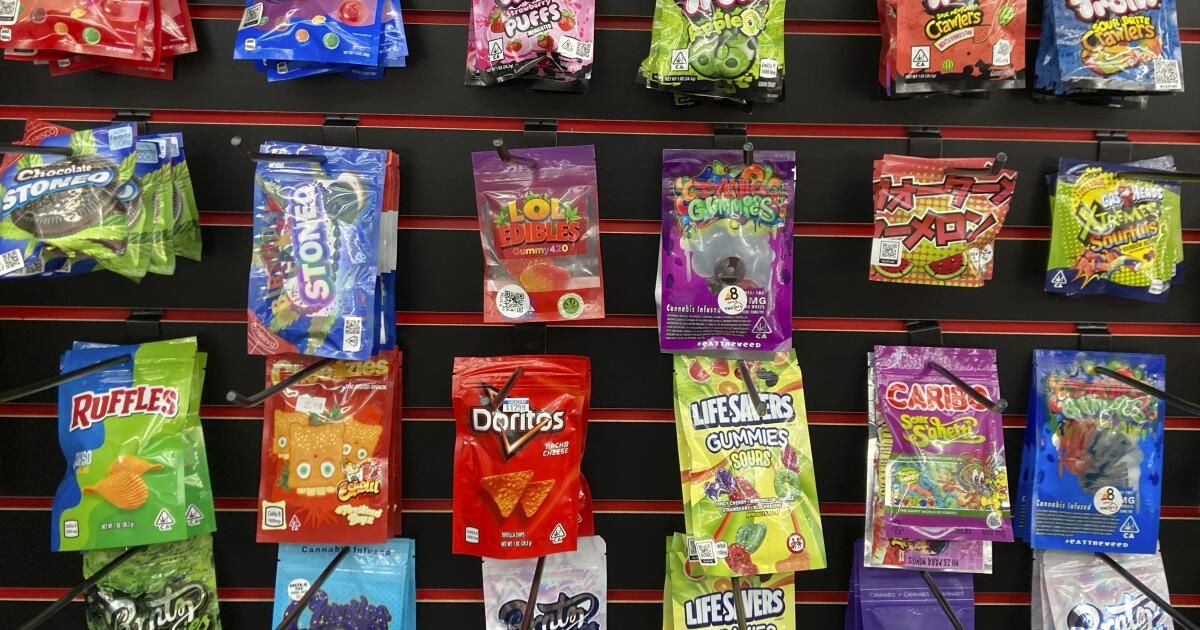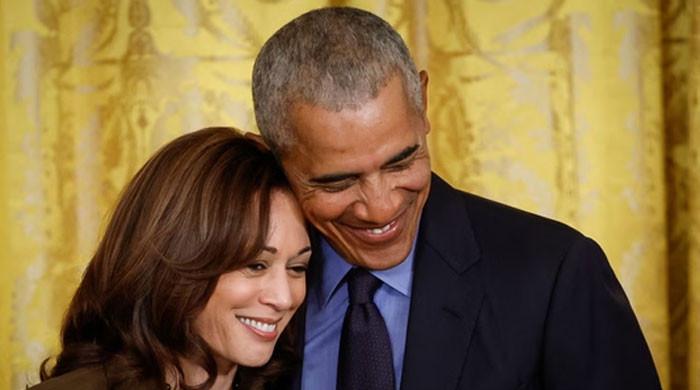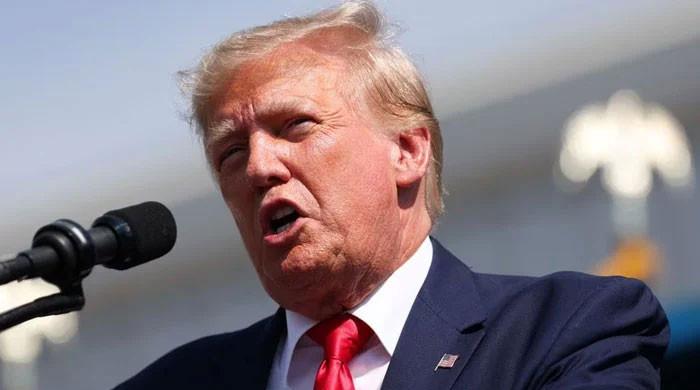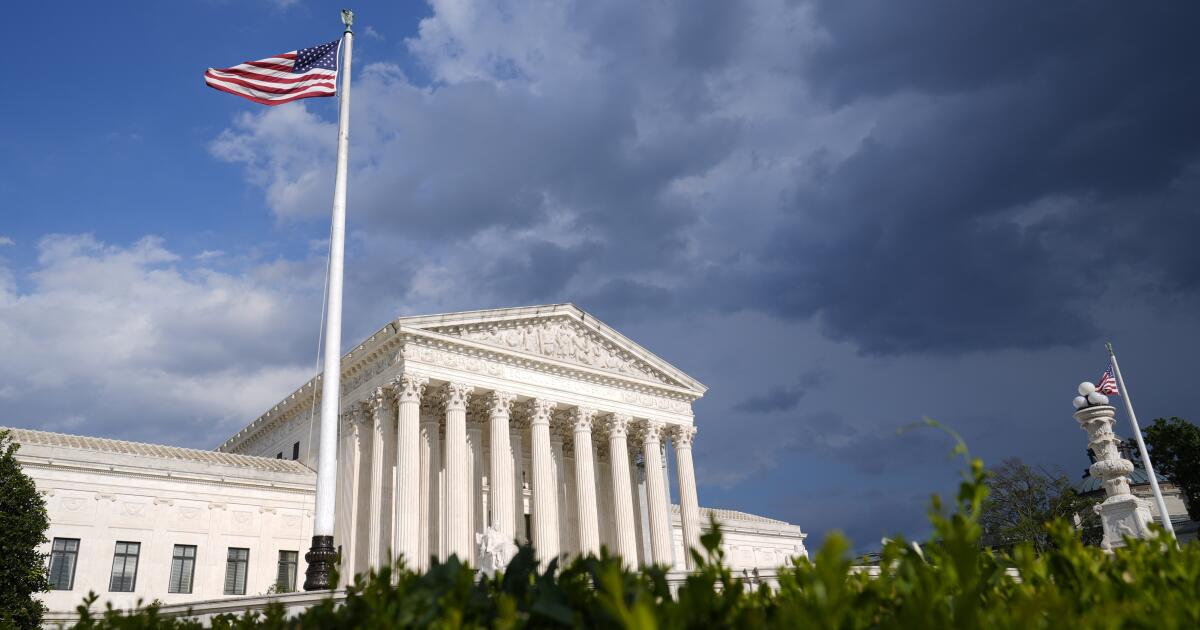A molecular resemblance to the intoxicating compound found in marijuana has become popular among U.S. teenagers, especially in areas where marijuana use is illegal, a new study shows.
More than 11% of high school seniors who participated in a national survey last spring said they had used delta-8 THC, a psychoactive compound typically derived from hemp, in the past year.
That figure surprised researchers from USC and the University of Michigan, who published their findings this week in the Journal of the American Medical Assn.
Products containing delta-8 “have really only been on the market since 2018,” said study leader Alyssa Harlow, a USC epidemiologist and faculty member of the school's Institute of Addiction Sciences.
Gummies, vapes and other products containing delta-8 are available online, at gas stations and convenience stores. They are often marketed as a federally legal substitute for marijuana and often without robust age verification measures.
“We don't know enough about these drugs, but we see that they are already extremely accessible to adolescents,” said Dr. Nora Volkow, director of the National Institute on Drug Abuse, which helped fund the research. “Cannabis use in general has been associated with negative impacts on the adolescent brain.”
Delta-8 looks a lot like delta-9 THC, the most common molecule in cannabis that gets people high, but it has a slightly different structure, with a double bond located between a different set of carbon atoms. Although both occur naturally in cannabis, delta-8 is less abundant.
In a 2021 survey, delta-8 users reported that it had, on average, less intense effects than delta-9. But the Food and Drug Administration warned consumers that it has not evaluated the safety of delta-8 products. The chemicals used to convert cannabinoids found in hemp to delta-8 may include harmful contaminants, the agency warned.
Products containing delta-8 gained popularity after the 2018 passage of a farm bill that eased federal restrictions on hemp and created a loophole for the compound.
The Agriculture Improvement Act allowed for broader production of hemp, “which is cannabis that has only a very small amount of delta-9 THC,” said Ziva Cooper, director of the UCLA Center for Cannabis and Cannabinoids. That opened the door for people to extract chemical compounds from hemp, such as CBD, and convert them into other substances that can produce intoxicating effects, she said.
The result was that “delta-8 THC now appears to be legal, because it is not specifically prohibited,” Cooper said. However, another federal law restricts a broader category of compounds that includes delta-8, he said, making things “very, very confusing.”
Some states have restricted or banned delta-8. But as of November, the National Cannabis Industry Association. described it as “de facto legal” in almost half of the states.
The new findings on teen delta-8 use come from the annual Monitoring the Future survey, a NIDA-funded project that asks American teens about their drug and alcohol use.
Some used delta-8 quite frequently: Among high school seniors who said they had used it in the previous year, more than a third said they had done so 10 or more times during that period.
It's unclear whether delta-8 affects teens differently than other forms of THC, but “even if it is the same as other forms, we are not in favor of 13, 14, and 15-year-olds using cannabis,” said Dr. Wilson M. Compton, deputy director of NIDA.
For adolescents, “we would be concerned about its impact on learning, memory and daily brain function,” Compton said. “There is also concern that its use is associated with the development of psychiatric illnesses, particularly psychotic disorders in those who use cannabis, especially earlier in life,” she added.
Harlow and his colleagues found that in states where marijuana use is illegal for adults, 14% of high school seniors said they had used delta-8 in the past year. However, in states where marijuana was legal for adults, 8% of high school seniors said they had used delta-8 in the previous year.
There was no clear difference based on state policies when it came to marijuana use: More than 30% of seniors overall said they had used the drug in the past year. Among teens who reported using delta-8, nearly 91 percent said they had also used marijuana.
The survey also revealed that teen use of delta-8 was more common in states where the psychoactive compound was not regulated.
“My alarm is ringing that these products are being marketed with the claim of being a completely legal substitute for marijuana and they seem to be proliferating in areas where there really is no regulation,” Harlow said. That lack of oversight may mean that testing for potential contaminants isn't required, she said.
“We don't necessarily know what's in the product you're using, and you don't know either,” Cooper said. “People don't make sure there's quality control or that there's accurate labeling. … That in itself should give people who are thinking about experimenting pause.”
Other researchers have warned in the American Journal of Emergency Medicine that due to a lack of federal regulation, “products may be packaged in brightly colored containers with cartoon characters, sweet or fruity flavors, and candy-themed images that They can be attractive to young children. .”
In California, industrial hemp products cannot legally contain more than a 0.3% THC concentration, including delta-8 THC, nor can they include versions of the cannabinoid created through chemical synthesis, according to the Department of Public Health of the state. Harlow said that for delta-8, “most of the products we see on the market are illegal in California.”
But “there is widespread disregard” for state rules and “enforcement is virtually nonexistent,” said Dale Gieringer, director of California NORML, an advocacy group focused on cannabis consumer rights. The result is “a huge amount of delta-8 available on the Internet and in convenience stores.”
Last year marked the first time the Monitoring the Future survey included a delta-8 question, which was asked of more than 2,000 high school seniors. In the coming years, the researchers plan to question younger adolescents as well.
Compton said the numbers show that in a typical high school classroom, a handful of teenagers are likely using delta-8. In light of this, she said, “it is incumbent upon us to expand our research to understand the health impacts.”












